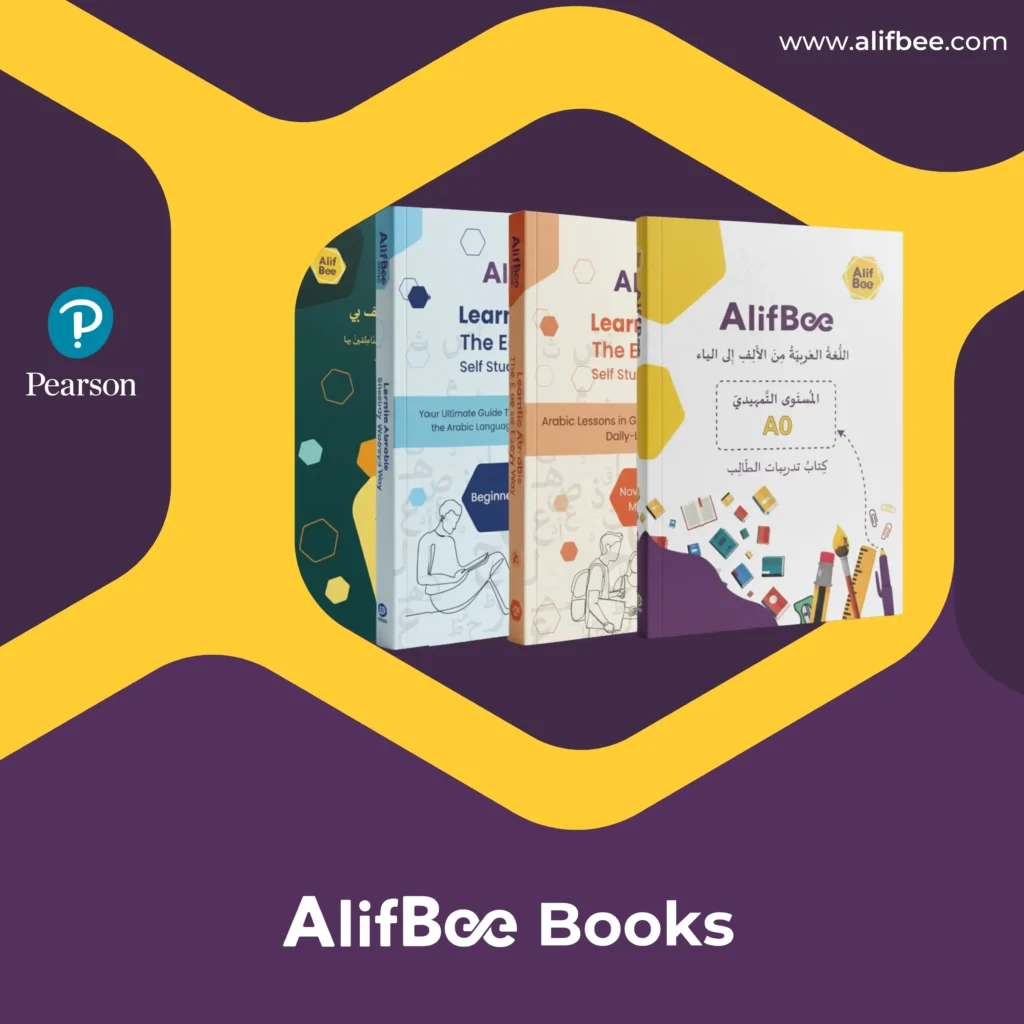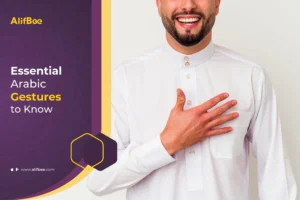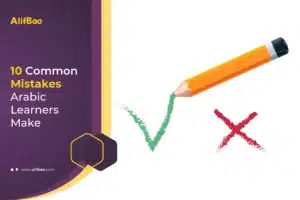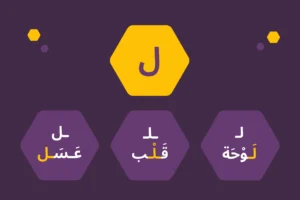You’ve probably heard the term Modern Standard Arabic (MSA) floating around—maybe in a course description, maybe in a random YouTube ad—but what on earth does it actually mean? Here’s the quick answer: it’s Arabic’s official, polished cousin, the one you’ll see on the news, in newspapers, and in classrooms across the Arab world.
Now, here’s the twist: MSA didn’t just appear out of nowhere. It’s built on Classical Arabic—the language of the Qur’an and centuries of poetry and scholarship. But don’t panic; nobody expects you to talk like a 7th-century grammarian. Over time, MSA has been updated with new words (yes, there’s a word for “internet”) and trimmed down for modern use.
Why does this matter to you? Well, MSA is the glue that holds the Arabic-speaking world together. Dialects vary wildly—an Egyptian might scratch their head at a Moroccan phrase—but MSA is the common ground. And if you’re signing up for an online Arabic course, odds are this is what you’ll be learning first.
In this blog, we’ll ease into it: a quick look at the alphabet, some grammar essentials, and a handful of phrases—plus the cultural context you actually need if you want Arabic to feel less like a puzzle and more like a living, breathing language.
What is Modern Standard Arabic (MSA)?
So, to put it simply, Modern Standard Arabic is the standardized variety of Arabic used all across the Arabic-speaking world for formal communication. As mentioned briefly, while it keeps the core grammar and structure from Classical Arabic, the vocabulary has been expanded over time. For example, the word computer, along with other technical terms, has been added to keep up with the latest developments.
Along with technology, the political, entertainment, and scientific fields have also adopted new terminology. All in all, Modern Standard Arabic is seen as the educated and prestigious form of Arabic, and therefore it is an ideal place to start for beginners. It provides a solid foundation for the formal side of Arabic for those seeking to learn spoken Arabic.
Then, if you would like to specialize in certain dialects spoken in different parts of the Arab world, you will already have an ideal base. Most Arab speakers can switch between MSA and their dialects with ease; that could be you someday.
The Arabic Alphabet and Pronunciation
For everyone who wants to learn to speak Arabic, the alphabet is a perfect place to start with Modern Standard Arabic. It can be an intimidating hurdle however to become familiar with a whole new script, and the fact it is written from right to left, the opposite of English, is another point. On top of this, letters can change depending on whether they are at the beginning, middle or end of the word.
Let’s start from the top. This alphabet contains 28 letters. It includes some sounds that are not in English, so good to note these and study them to make sure you are confident with them:
Letter
Letter Forms
Explanation
ع - ʿayn
Isolated: ع
End: ـع
Middle: ـعـ
Initial: عـ
A deep sound from the throat.
غ - ghayn
Isolated: غ
End: ـغ
Middle: ـغـ
Initial: غـ
Almost a gargling sound.
ق - qāf
Isolated: ق
End: ق
Middle: ـقـ
Initial: قـ
A deeper sound from the back of the throat.
ح - ḥāʾ
Isolated: ح
End: ـح
Middle: ـحـ
Initial: حـ
A breathy ‘h’.
Feel free to have a look at the other letters in your own time here with AlifBee.
Another interesting point is the fact that Arabic usually only writes with consonants. So when it comes to writing vowels, harakāt, or diacritics, are added (these are small marks added above or below letters). Here are a few examples:
Name
Position
Sound Example
English Equivalent
Fatha
Above the letter
بَ = ba
Short ‘a’ as in ‘cat’
Kasra
Below the letter
بِ = bi
Short ‘i’ as in ‘sit’
Don’t be put off by these alphabetical points, the best way to approach it all is to start reading with harakāt to become familiar. A good idea would also be to sound the letters out while tracing the letters, helping both speaking and reading skills. Then, over time, you can slowly start practicing without harakāt (as most adult texts don’t include them). It will become easier with practice, consistency is key.
Tips for Learning the Alphabet
There are many ways in which you can learn and practice the alphabet. Practical resources such as flashcards can be really helpful, even posting notes around the room can help! Listening to recordings of the alphabet, podcasts, and even tracing letters as you listen or read along can all be so helpful, and build your confidence with the Arabic alphabet.
Basic Arabic Phrases for Beginners
When you’re starting out, if you have some straightforward phrases that can be a great way to get started on your learning journey. We’ll go through some you can practice here:
English
Pronunciation
Arabic
Hello
Alssalāmu ʻalykum
السَّلامُ عَليكُم
Thank you
Shukran laka
شُكْرًا لَكَ
An elegant ‘Thank you’
Hadhā luṭfun minka
هَذَا لُطْفٌ مِنْكَ
Goodbye
Maʻa assalāmah
مع السَّلامة
Common Greetings and Introductions
So we’ve covered hello, but here are a few more ways you can go about introducing yourself. Salam (سلام) in Arabic means peace, however it is also used as a way to greet your close friends. In response, you can say ‘salam’, or also ‘ahlan’, showing your happiness to see that person.
A few phrases used by native speakers can really help as well. For an informal ‘hello’ you can say ‘naharak saa’id’ (نهارك سعيد), meaning your day is happy. Why not follow this up with, ‘kayfa al hal’ (كيف الحال) to ask, how are you?
Essential Questions and Answers
Building on what we’ve just looked at, you could always open up the conversation with this line:
Hello, how are you? Marḥaban, kayfa ḥāluka? مَرْحَبًا، كَيْفَ حَالُكَ؟
You can reply:
I’m fine. Alḥamdu lillāh. الحمد لله – أنا بخير
You can always try this one as well:
Where are you from?
من أين أنتَ؟ (Min ayna anta?) – to a male
من أين أنتِ؟ (Min ayna anti?) – to a female
And if you are not sure:
I don’t understand. Ana lā afham. أنا لا أفهم.
Numbers in Modern Standard Arabic
When it comes to numbers it is not advised to simply memorize them, there are rules that are crucial to be aware of.
Now let’s go through the first ten numbers here to get us started:
English
Transliteration
Arabic
1
Wahid
واحد
2
Ithnan
اثنان
3
Thalatha
ثلاثة
4
Arba’a
أربعة
5
Khamsa
خمسة
6
Sitta
ستة
7
Sab’a
سبعة
8
Thamaniya
ثمانية
9
Tis’a
تسعة
10
Ashra
عشرة
The numbers one and two in Arabic are unique as they follow the noun they describe, rather than preceding it like the other numbers.
When it comes to going beyond the tens, these numbers can follow:
Unit + tens = number
Let’s take 33:
- ثلاثة (thalāthah) = 3
- ثلاثون (thalāthūn) = 30
- Together: 30 + 3 = 33 (ثلاثة وثلاثون (thalāthah wa thalāthūn)).
Take a look at numbers up to 1000 here, and even test your knowledge at the end with a quick quiz.
Key Grammar Basics in MSA
A grammatical feature to note first would be the structure, it’s as follows:
Verb – Subject – Object
Example:
Wrote the boy the letter (كَتَبَ الولدُ الرِسالةَ) → “The boy wrote the letter.”
Another feature to be aware of is the masculine or feminine nature of nouns, and the effect this has on adjectives and verbs which must match the gender of the noun.
- Masculine nouns: Often unmarked (default),
For example: رَجُل (rajul) = man.
- Feminine nouns: Often marked with ـة (-ah or -a),
For example: مَرأة (mar’a) = woman.
Plurals are another point to think about. There are both what we call ‘sound’ plurals and ‘broken’ plurals.
Sound, or regular plurals use suffixes:
- Masculine: add ـون / ـين
- Feminine: add ـات
Irregular, or broken plurals, change inside the word. Something to watch out for!
Just one last point for all the grammar lovers, we’ll just think about conjugations. Verbs in Arabic change depending on person, number and gender. A quick example:
To write (past tense)
Person
Masculine
Feminine
I
كَتَبْتُ (katabtu)
كَتَبْتُ (katabtu)
You (sing.)
كَتَبْتَ (katabta)
كَتَبْتِ (katabti)
You (plural)
كَتَبْتُم (katabtum)
كَتَبْتُنَّ (katabtunna)
There are patterns when it comes to conjugations, depending on the verb form and tense.
Practice Your Arabic Daily
It is one thing reading this article today, however if you do not go away and commit what you learn to long-term memory – it will go in and then straight back out! So, it is important to practice your Arabic daily if you want it to stick. Consistency is key, a little bit every day goes a long way. As well as this, why not try to find a conversation buddy, perhaps a native Arabic speaker who could converse with you in exchange for conversation in your native language as well.
An Arabic teacher could be an option as well if you wanted a more structured approach to learning. Online courses can also be very engaging and interactive, so it’s well worth a look into!
Modern Standard Arabic vs Quranic Arabic
So, what exactly is the difference between these two versions of Arabic?
Quranic Arabic being the classical form of Arabic, includes early grammar and vocabulary. It is sometimes referred to as the ‘golden’ form of Arabic. For this reason, it contains archaic vocabulary and verb forms, and it often requires interpretation. In contrast, we know that Modern Standard Arabic has been standardized to be used today.
Best Resources to Learn Modern Standard Arabic
There are a plethora of resources out there for learning Arabic, depending on what you’re looking for. If you’re more of a visual learner, there are great Youtube channels – why not start with Alfibee? If you want a speedrun of Arabic in seven hours, then look no further than this channel.
If you are more of an auditory learner and love a podcast, places like Youtube and Spotify have some great ones to choose from. On the topic of Modern Standard Arabic, Arabic with Sam contains this kind of content.
There are plenty of other educational podcasts focusing on different levels and dialects out there!
Final word
We have covered a little bit of everything in this article, from learning some daily greetings like Hello, how are you? مَرْحَبًا، كَيْفَ حَالُكَ؟ and then counting up to 100. Hopefully now you are confident in Modern Standard Arabic, and why it is a great starting point for you starting out on your Arabic journey.
Practicing a little bit each day is a brilliant start, and make sure to download AlifBee’s app and use the vast array of resources at your fingertips with the AlifBee Blog, covering a range of different topics to suit your learning stage.









